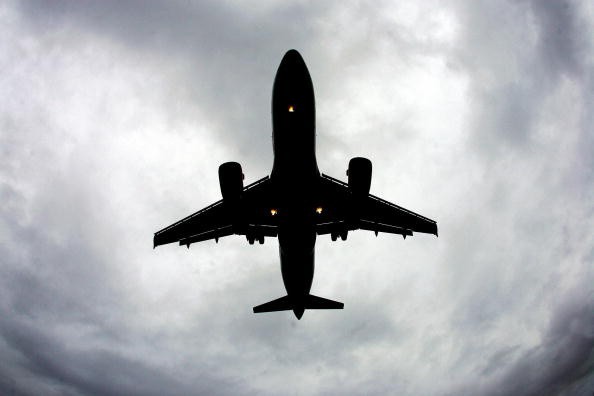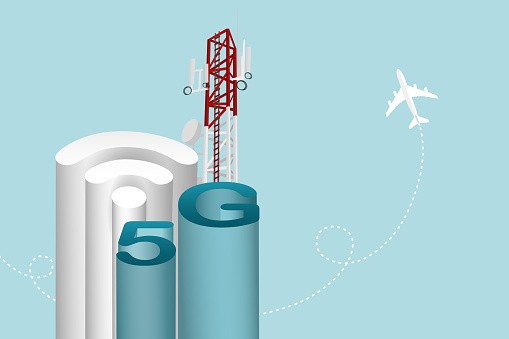5G and airplane safety has been one of the many topics that earned headlines recently, especially when Verizon and AT&T just activated their services. But the FAA still stands on its claim that 5G wireless tech can be "catastrophic" to aviation safety as we know it.
However, is it really THAT bad? Here are the facts.

All About The GHz
First off, you need to understand some of the technicalities behind 5G wireless tech. As the fifth generation of mobile phone technology, it promises speeds up to 100 times greater than previous-gen 4G. But to achieve these speeds, it requires the use of C-band radio frequencies.
C-band refers to radio frequencies/waves which range from 3.7 to 3.98 GHz, according to ScienceAlert. However, the FAA (Federal Aviation Administration) called it out because a specific airplane safety instrument, called a radio altimeter, also uses C-band (albeit at a higher frequency of 4.2-4.4 GHz).
A radio altimeter helps pilots land planes safely by helping measure the altitude (aka how high the plane is off the ground). This is especially critical when there's very poor visibility, or if the airport is surrounded by tall buildings or mountains.
The FAA's concern about 5G is how close its C-band frequencies are to what planes use for their radio altimeters. They argue that 5G's C-band could overlap with those of airplanes, which means that pilots won't receive accurate altitude readings. The damage could be potentially devastating-or at least that's what the FAA believes.

It is one of the many reasons why several flights in airports near 5G towers were canceled. Furthermore, the FAA also said that potential interference could ground critical aviation services, like those with Medevac helicopters.
But this obviously didn't deter telcos like Verizon to turn on its C-band frequencies, which they only turned on last January 19th. AT&T followed soon after.
Read Also : Chief Executives of Major US Airlines Warn About Aviation Crisis as 5G Service Gets Deployed
5G And Airplane Safety ARE Connected, But Details Are Sketchy
When it comes to linking 5G and airplane safety, a video explainer by WCNC Charlotte confirms that, yes, 5G technology can interfere with planes. However, there's not a lot of agreement on whether the interference is actually harmful at all.
But according to Vox, it relies more on the age of the altimeter itself. If it is an older model, there is a possibility that the interference can be fatal. But modern altimeters are reportedly safe due to their more updated hardware.
Nevertheless, telcos are working around the FAA and airline companies' recommendations as of the moment. For instance, both Verizon and AT&T have agreed to temporarily limit their 5G coverage close to airports until a solution to the possible interference is devised.
There are already some measures being deployed elsewhere in the world. For instance, countries in the EU are setting their 5G frequencies to 3.8 GHz, which is a bit further away from aircraft frequencies (via NewScientist). In Canada, they're proposing to reduce the strength of any 5G tower situated close to an airport, which could also be a good option.
In the end, it falls to airlines, airline authorities, and telcos to work out a solution for the issue.
Related Article : Is Your Phone 5G Ready? Here's How to Know
This article is owned by Tech Times
Written by RJ Pierce




